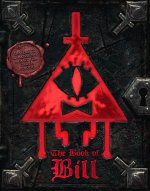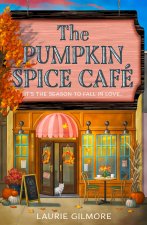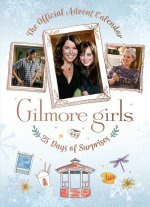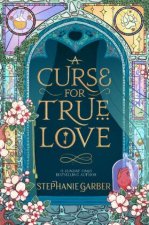
Code: 01972891
Explosives Detection using Magnetic and Nuclear Resonance Techniques
by Jacques Fraissard, Olga Lapina
Nuclear quadrupole resonance (NQR) a highly promising new technique for bulk explosives detection: relatively inexpensive, more compact than NMR, but with considerable selectivity. Since the NQR frequency is insensitive to long-ra ... more
- Language:
 English
English - Binding: Paperback
- Number of pages: 292
Publisher: Springer, 2009
- More about this

186.32 €

Low in stock at our supplier
Shipping in 13 - 16 days
Potřebujete více kusů?Máte-li zájem o více kusů, prověřte, prosím, nejprve dostupnost titulu na naši zákaznické podpoře.
Add to wishlist
You might also like
-

The Book of Bill
23.71 € -14 % -

Gravity Falls Journal 3
16.44 € -23 % -

Berserk Deluxe Volume 1
44.30 € -12 % -

Pumpkin Spice Cafe
11.70 € -18 % -

Berserk Deluxe Volume 2
52.17 € -

White Nights
3.52 € -23 % -

It ends with us
8.67 € -19 % -

48 Laws Of Power
17.96 € -29 % -

Gilmore Girls: The Official Advent Calendar
28.86 € -18 % -

A Little Life
17.45 € -

Atomic Habits
15.94 € -14 % -

Berserk Deluxe Volume 3
48.84 € -3 % -

Jujutsu Kaisen, Vol. 23
11.09 € -15 % -

The 48 Laws of Power
24.52 € -5 % -

Surrounded by Idiots
10.49 € -29 % -

The Official Stardew Valley Cookbook
22.40 € -19 % -

Iron Flame
16.24 € -18 % -

Berserk Deluxe Volume 4
45.21 € -10 % -

A Good Girl's Guide to Murder
8.17 € -14 % -

A Curse For True Love
10.39 € -12 % -

Berserk Deluxe Volume 5
50.46 €
Give this book as a present today
- Order book and choose Gift Order.
- We will send you book gift voucher at once. You can give it out to anyone.
- Book will be send to donee, nothing more to care about.
More about Explosives Detection using Magnetic and Nuclear Resonance Techniques
You get 467 loyalty points
 Book synopsis
Book synopsis
Nuclear quadrupole resonance (NQR) a highly promising new technique for bulk explosives detection: relatively inexpensive, more compact than NMR, but with considerable selectivity. Since the NQR frequency is insensitive to long-range variations in composition, mixing explosives with other materials, such as the plasticizers in plastic explosives, makes no difference. The NQR signal strength varies linearly with the amount of explosive, and is independent of its distribution within the volume monitored. NQR spots explosive types in configurations missed by the X-ray imaging method.§But if NQR is so good, why it is not used everywhere? Its main limitation is the low signal-to-noise ratio, particularly with the radio-frequency interference that exists in a field environment, NQR polarization being much weaker than that from an external magnetic field. The distinctive signatures are there, but are difficult to extract from the noise. In addition, the high selectivity is partly a disadvantage, as it is hard to build a multichannel system necessary to cover a wide range of target substances. Moreover, substances fully screened by metallic enclosures, etc. are difficult to detect. A workshop was held at St Petersburg in July 2008 in an attempt to solve these problems and make NQR the universal technique for the detection of bombs regardless of type. This book presents the essentials of the papers given there.
 Book details
Book details
Book category Books in English Mathematics & science Chemistry Analytical chemistry
186.32 €
- Full title: Explosives Detection using Magnetic and Nuclear Resonance Techniques
- Author: Jacques Fraissard, Olga Lapina
- Language:
 English
English - Binding: Paperback
- Number of pages: 292
- EAN: 9789048130610
- ISBN: 9048130611
- ID: 01972891
- Publisher: Springer
- Weight: 950 g
- Dimensions: 235 × 155 × 20 mm
- Date of publishing: 02. November 2009
Collection points Bratislava a 2642 dalších
Copyright ©2008-24 najlacnejsie-knihy.sk All rights reservedPrivacyCookies


 15549 collection points
15549 collection points Delivery 2.99 €
Delivery 2.99 € 02/210 210 99 (8-15.30h)
02/210 210 99 (8-15.30h)